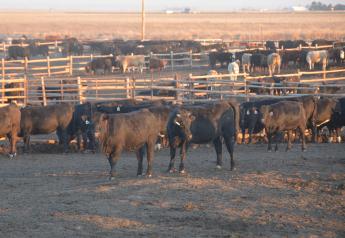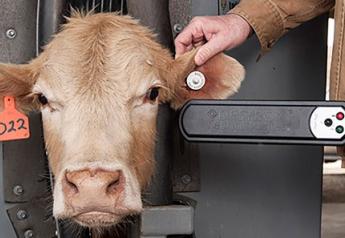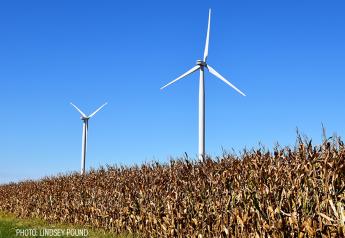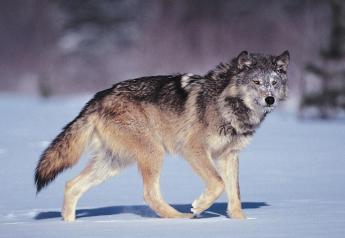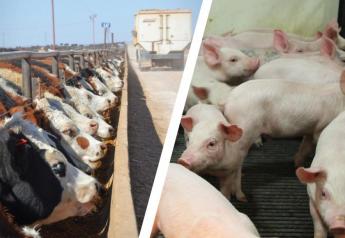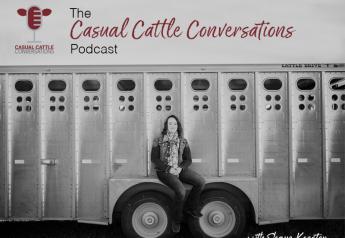Time to Rethink Calfhood Brucellosis Vaccination?
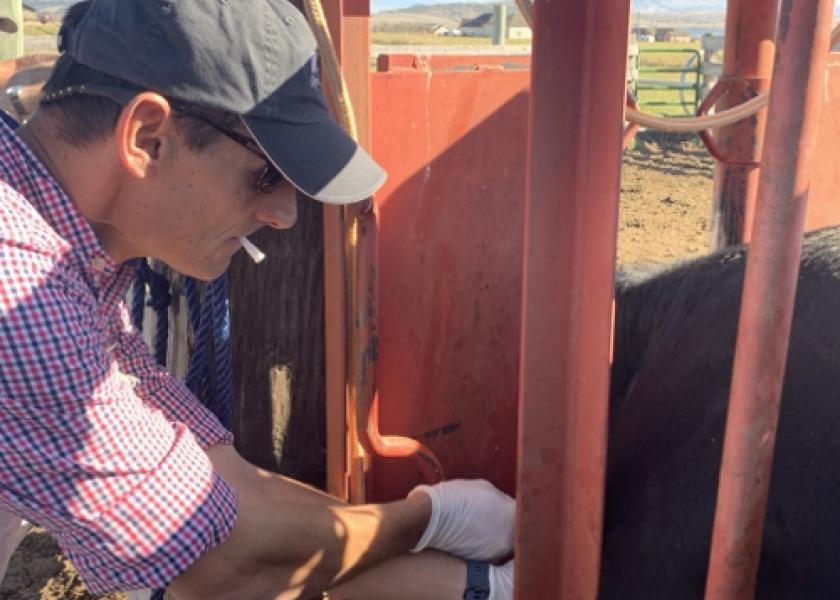
Efforts to eradicate brucellosis caused by Brucella abortus in the United States began in 1934, according to the USDA, as part of a herd-reduction program following the Great Depression and severe drought. Some states saw this as an opportunity to reduce the level of brucellosis, which was the most significant livestock disease problem in the country at the time. In 1934 and 1935, the reactor rate in adult Cattle tested was 11.5%.
The National Brucellosis Eradication Program, which began in 1956 has dramatically succeeded, with the disease virtually eliminated in the United States. By the early 2000s, the program had eradicated the disease in U.S. cattle, other than occasional infections associated with wildlife in the greater Yellowstone area (GYA). Outside that area, there have been no cases in U.S. cattle since 2010.

In spite of that success, or perhaps because of it, cow-calf producers and veterinarians, particularly in western states, continue to vaccinate calves against brucellosis.
South Dakota State Veterinarian Dusty Oedekoven says history and tradition play key roles in today’s decisions to administer brucellosis vaccines. The disease caused significant losses in cow-calf operations since the 1930s, and once the eradication program began, producers in states not officially free of the disease faced the expense of testing cattle for interstate shipment. South Dakota gained its brucellosis-free status in 2000, with Texas and Missouri soon following.
By 2009, animal health officials were celebrating the eradication of brucellosis in U.S. cattle. But, they recognized that the disease persisted in the GYA, where migratory elk herds serve as a reservoir and sometimes transmit the disease to cattle in adjacent areas in Wyoming, Montana and Idaho. Officials in those states, Oedekoven says, have remained vigilant in surveillance and testing to prevent movement of infected cattle out of the GYA.
“We’ve gone about as far as we can with the program, short of eradicating the disease in wildlife,” he says.
Reasons we still vaccinate
Producers perceive some advantages to vaccination, generally unrelated to disease prevention. Some ranchers, for example, see some value to the orange metal tag when selling replacement heifers. Montana State Veterinarian, Marty Zaluski, notes that buyers might feel the tag serves as an indicator of overall health management at the ranch of origin. If a seller cared enough to vaccinate against Brucella, the reasoning goes, they probably care enough to employ good weaning practices, including vaccinating for more widespread diseases such as BVD or viruses associated with respiratory disease.
Oedekoven adds that ranchers want the orange tag in place at sale time in case a buyer intends to move the calves to several western states that still require vaccination for imported cattle.
Zaluski agrees that tradition, along with some perceived benefits and some misconceptions drive the continued practice of vaccinating calves against brucellosis. In 47 states, there have been no brucellosis cases confirmed in more than 10 years, but many producers cling to traditions. In some cases, Zaluski says, producers see it as inexpensive insurance against risk of an outbreak; a risk that Zaluski feels has become extremely low. Others value the practice for individual identification, traceability and a marketing tool, however, comprehensive weaning programs along with RFID linked to records for documentation, could provide much greater value.
Oedekoven notes a clear East-West divide in perceptions regarding brucellosis vaccination. Producers in Eastern states generally have been free of the disease for decades, and generally are less likely to ship replacement heifers to Western states. Producers west of the Mississippi on the other hand, can recall outbreaks and testing, or recall their fathers’ or grandfathers’ stories.
Veterinarians, in some cases, rely on those annual vaccinations as a revenue stream and as one of their few chances, or only chance, to visit client operations and establish professional relationships. Texas Veterinarian Glenn Rogers says that for veterinarians and their clients, it can be difficult to discontinue a service or product, especially if there is any perception of risk in doing so.
Read on for reasons to reconsider vaccination on page 2. >>>

Read on for reasons to reconsider vaccination on page 2. >>>


